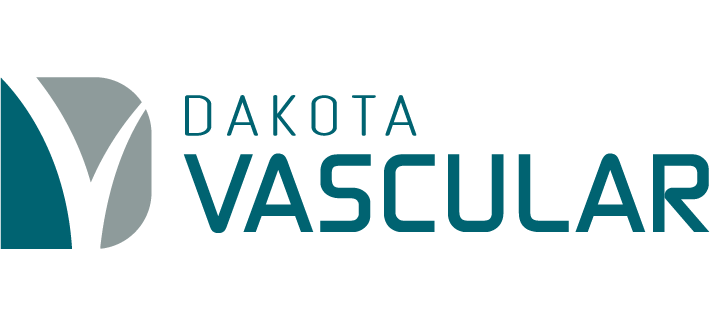Atherosclerosis
Atherosclerosis is the gradual narrowing — and eventual closing — of your arteries which prevents vital oxygen from reaching your organs.
Atherosclerosis is the gradual narrowing — and eventual closing — of your arteries which prevents vital oxygen from reaching your organs.
Atherosclerosis happens when plaque — a combination of cholesterol, fat, and blood — sticks to the walls of your arteries, making them narrower. Gradually, this restricts the amount of blood flowing through your arteries.
Every cell in the body requires oxygen to function and receives that life-giving oxygen from effective blood circulation. As plaque builds up, the amount of oxygen received by your organs, muscles, and other tissues is restricted and affects how well each functions.
Atherosclerosis develops slowly so its symptoms can be difficult to detect. Its early signs include:
A healthy diet and regular exercise are the best defense against atherosclerosis. When more interventions are needed, your doctor may recommend medication or surgery.
Common Treatments: Angioplasty & Stenting
Atherosclerosis can lead to other vascular conditions, all of which our team at Dakota Vascular has expert knowledge and guidance to treat. These related conditions include abdominal aortic aneurysm, carotid artery disease, and peripheral artery disease.
As plaque builds up in arteries causing atherosclerosis, it can also lead to an abdominal aortic aneurysm. An abdominal aortic aneurysm is a weak, bulged area in the wall of the aorta, the main artery that delivers blood to your lower body. The weak area is a result of the pressure plaque exerts on the aorta wall over time.
Once started, aneurysms grow in size and become weaker. Left unmonitored and untreated, they can rupture and cause hemorrhaging or severe internal bleeding.
Generally, an aortic abdominal aneurysm is discovered during an exam for another health concern. Its symptoms can be masked by other conditions; however, there are some specific signs that you have an abdominal aneurysm.
Prior to rupture, symptoms of an abdominal aortic aneurysm are:
Signs of a ruptured aneurysm are:
If you believe you have a ruptured aneurysm, seek immediate medical attention.
Once begun, abdominal aneurysms cannot be reversed with supplements or medications; however, their growth can be slowed by exercise, a healthy diet, and medication to lower blood pressure. The best surgical and non-surgical treatments for your specific condition are determined by your doctor.
Common Treatments: Aortic Stent Grafting
The carotid arteries transfer blood and oxygen to the brain. When plaque builds up in these essential arteries, they become narrowed, restricting the amount of nutrients and oxygen that reach the brain and depriving it of the essentials it needs for optimal function.
Like many vascular diseases, a problem with your carotid artery develops slowly over time so its symptoms are not immediately obvious. Generally, the first sign of trouble is a transient ischemic attack (mini-stroke) or a stroke caused by prolonged oxygen-deprivation in the brain.
The best treatment for your specific condition is determined by your doctor.
Common Treatments: Carotid Stenting, Carotid Ultrasound Interpretation
Peripheral artery disease most commonly affects the legs and feet. When vessels such as arteries, veins, or lymphatic vessels narrow and harden, less blood is delivered to organs and extremities. This narrowing is typically caused by atherosclerosis, the buildup of plaque along the arterial wall.
Peripheral artery disease has specific symptoms such as:
The best treatment for your specific condition is determined by your doctor.
Common Treatments: Angioplasty & Stenting, Peripheral Angiogram, Peripheral Ultrasound Interpretation
Dakota Vascular is a physician-owned clinic with the Midwest’s premier specialists for treating arterial and venous disease. We are an equal opportunity employer.
3801 S Elmwood Ave
Sioux Falls, SD 57105
